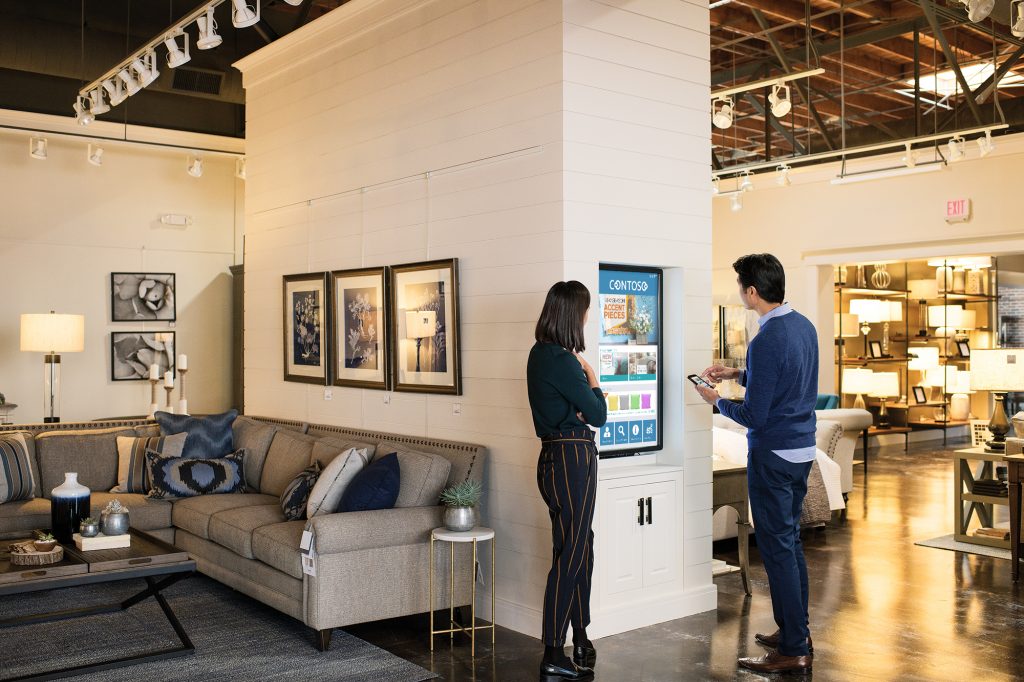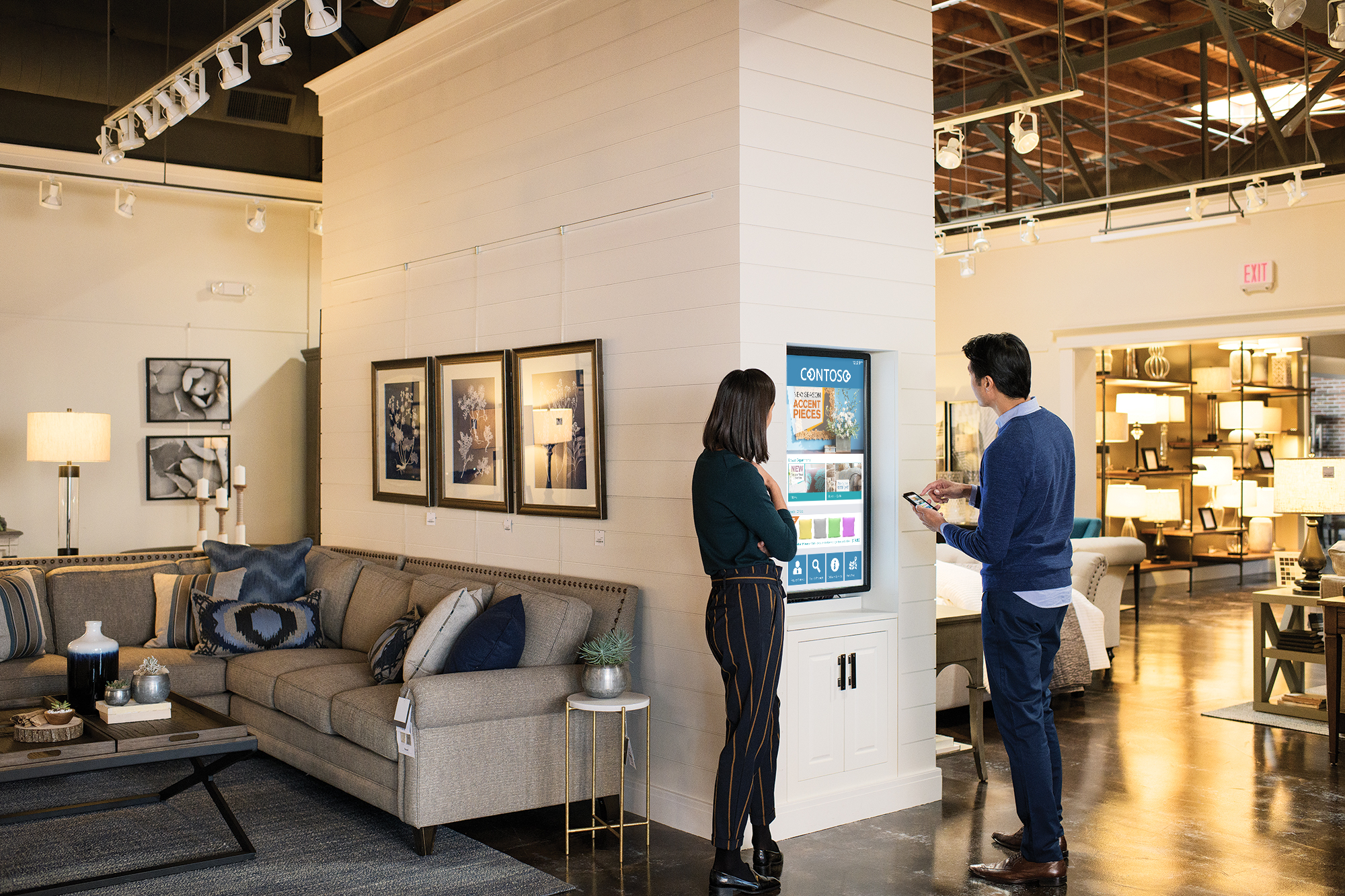
How the physical store has become the most powerful media channel available to brands

Through the ages, media has been effective wherever people gather in numbers. Thousands of years ago the Agora of Athens – the central marketplace, was that gathering point. It was the hub of news, politics and commerce. With the advent of the printing press, books and newspapers became the medium through which we transmitted and received information. By the 1800’s radio became the community gathering point, only to be superseded by television. Today digital channels are king.
That said, the digital landscape is a crowded place. Case in point; a US high school teacher recently posted the results of an informal experiment she conducted with her class. After asking them to place their smartphones on their desks with the sound turned on, she then recorded the number of notifications that each student received during the period of the class. The cumulative class total was well over 1000 Instagram, Snapchat, Facebook, text and other notifications, received in less than one hour. This is what marketers are up against in the digital age. How does one break through the torrent of traffic to get their message seen or heard? And if it is received, can we really determine the true level of engagement with it?
Meanwhile, upwards of 98 million customers per week visit a Starbucks store! Similarly, each day billions of consumers around the globe descend on shopping malls, plazas and stores. Each of these venues represent a meaningful physical media channel. And yet painfully few of these interactions are even being measured, much less accounted for in analyzing the productivity of a store.
The physical store is however, in my estimation, the most powerful media channel available to a brand. It’s the only place where a brand can have a truly physical, cognitive and emotional connection with a consumer. But in order to activate the store as a media channel, we can no longer regard it simply as a place to distribute products. Rather, we must see stores as places that distribute powerful experiences with our brand story, our values and our people. To that end, we must begin measuring store performances differently, capturing key metrics more akin to advertising metrics – things like unique versus repeat visitors, average customer dwell time, navigation path, interactions with products and staff as well as downstream actions, like social media posts and online purchases. When properly measured, the value of the store from a media standpoint may not only augment its performance from a sales standpoint, it may exceed it.
To learn more about the changing trends retailers are facing, watch my webinar The Five Most Important Decisions Facing Today’s Retail CEOs. And for a preview of the topics I discuss in the webinar, watch the teaser video.




